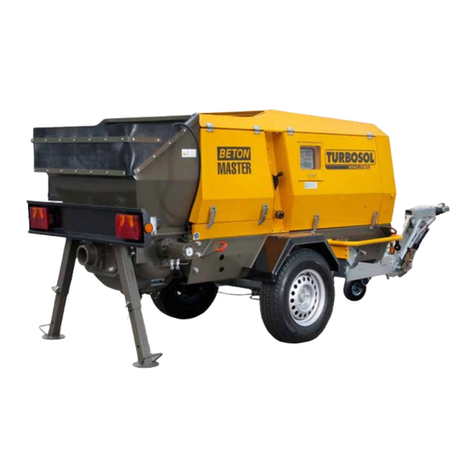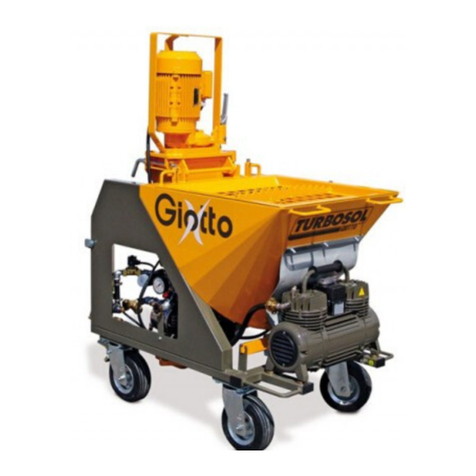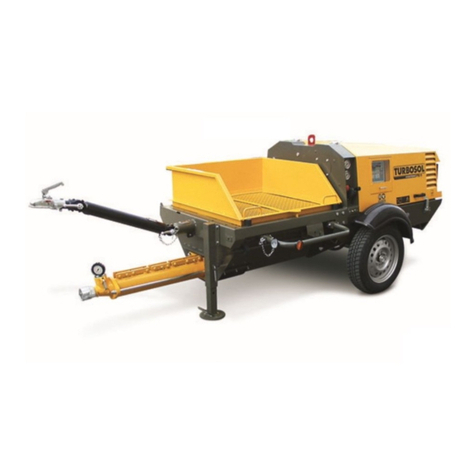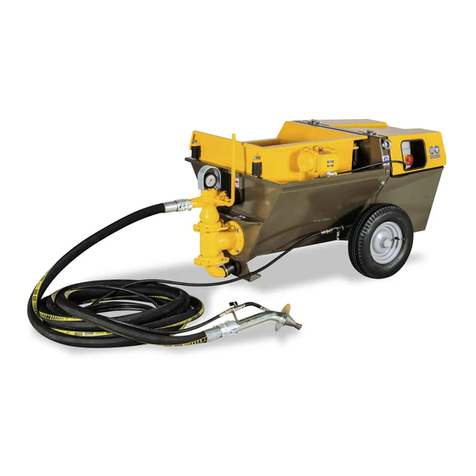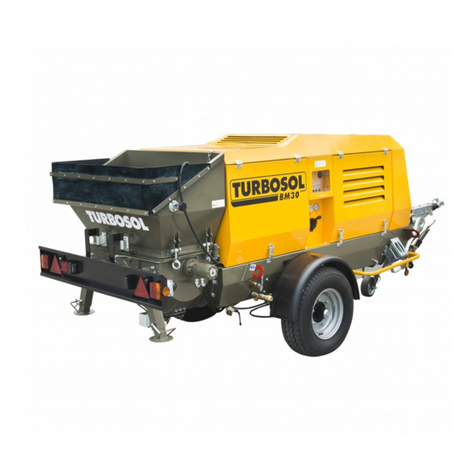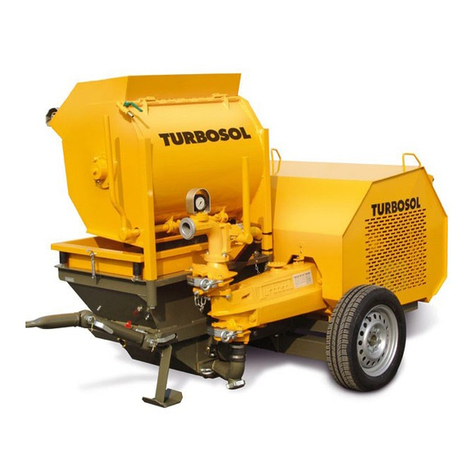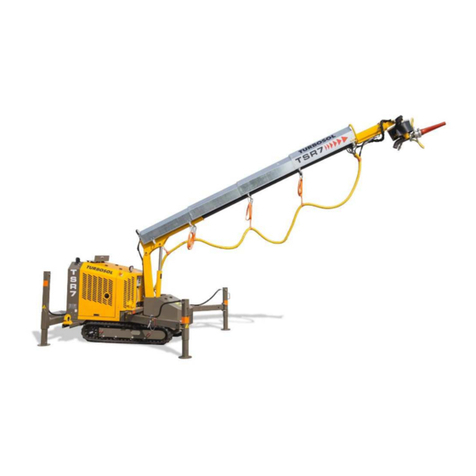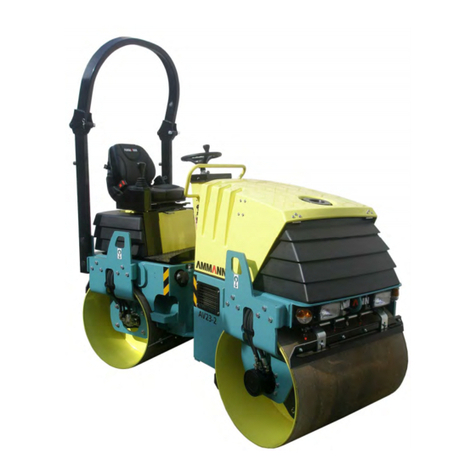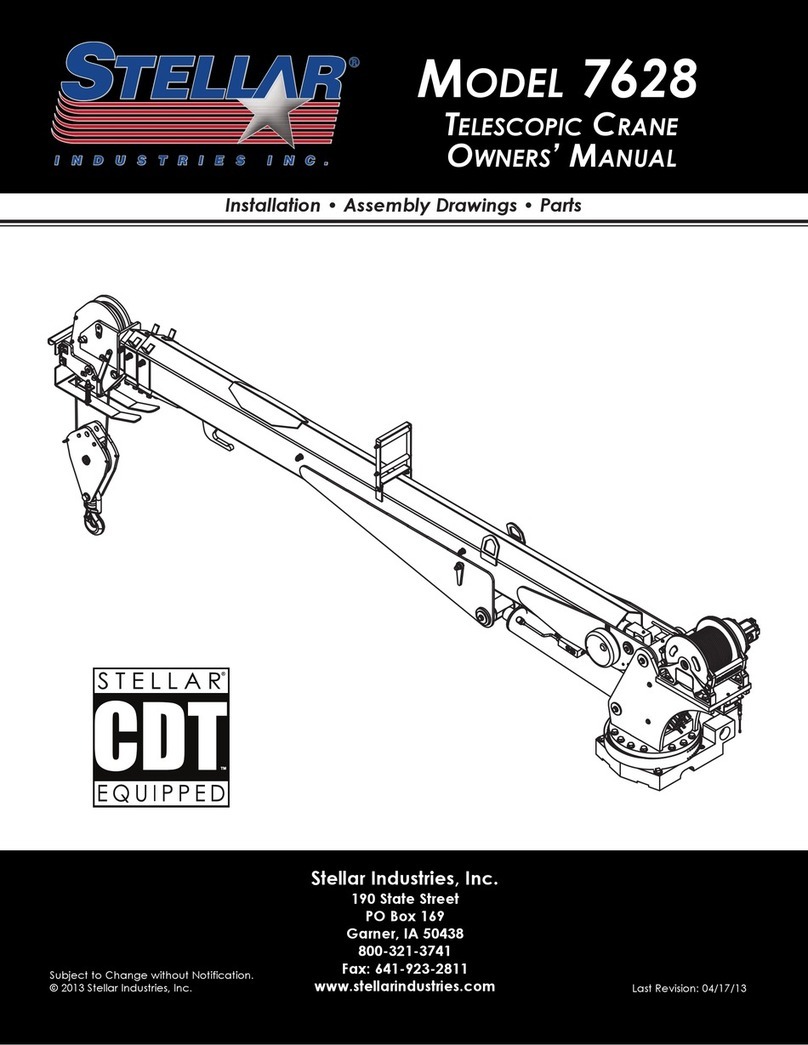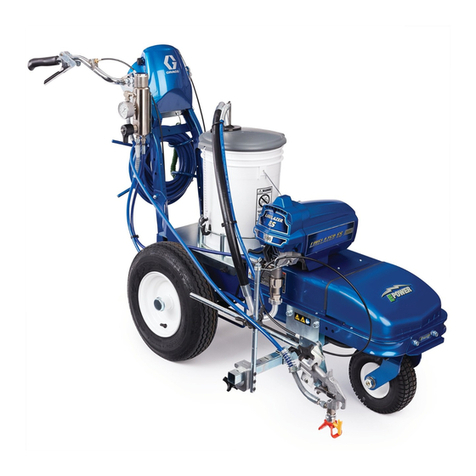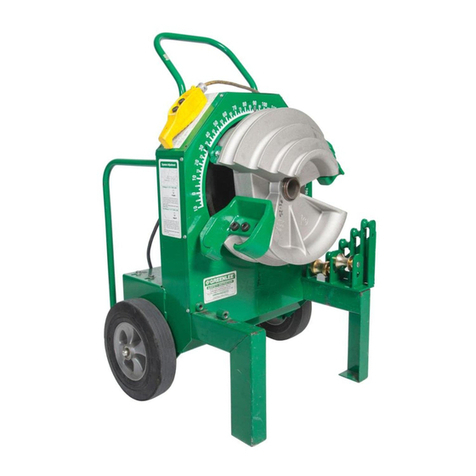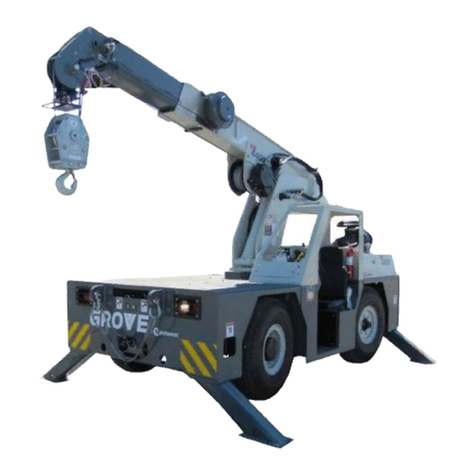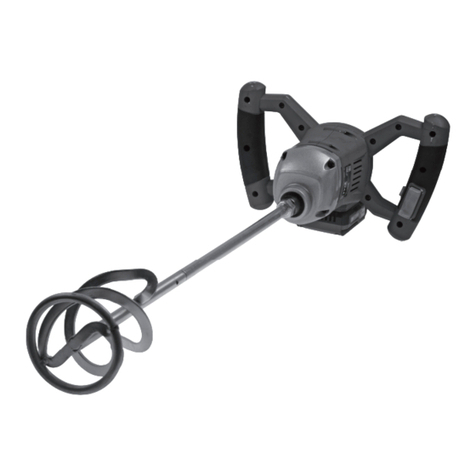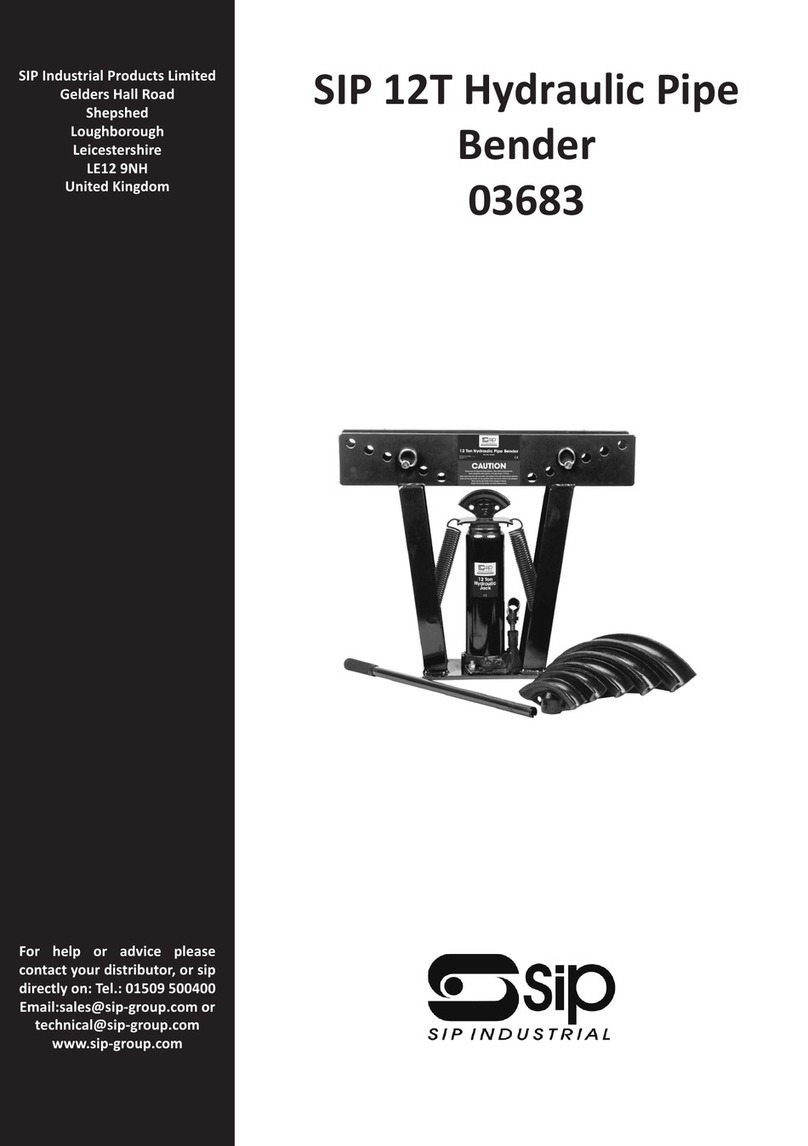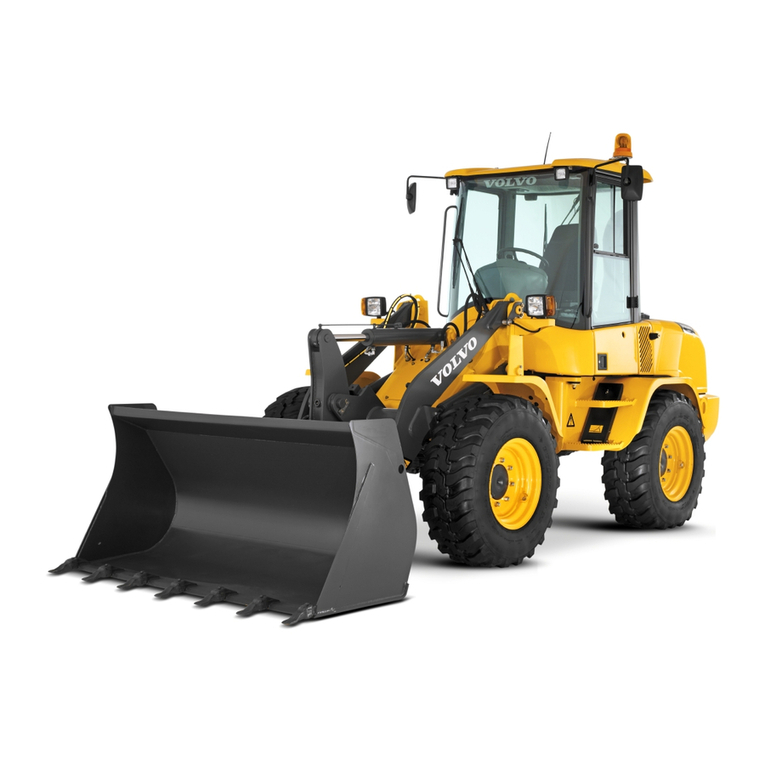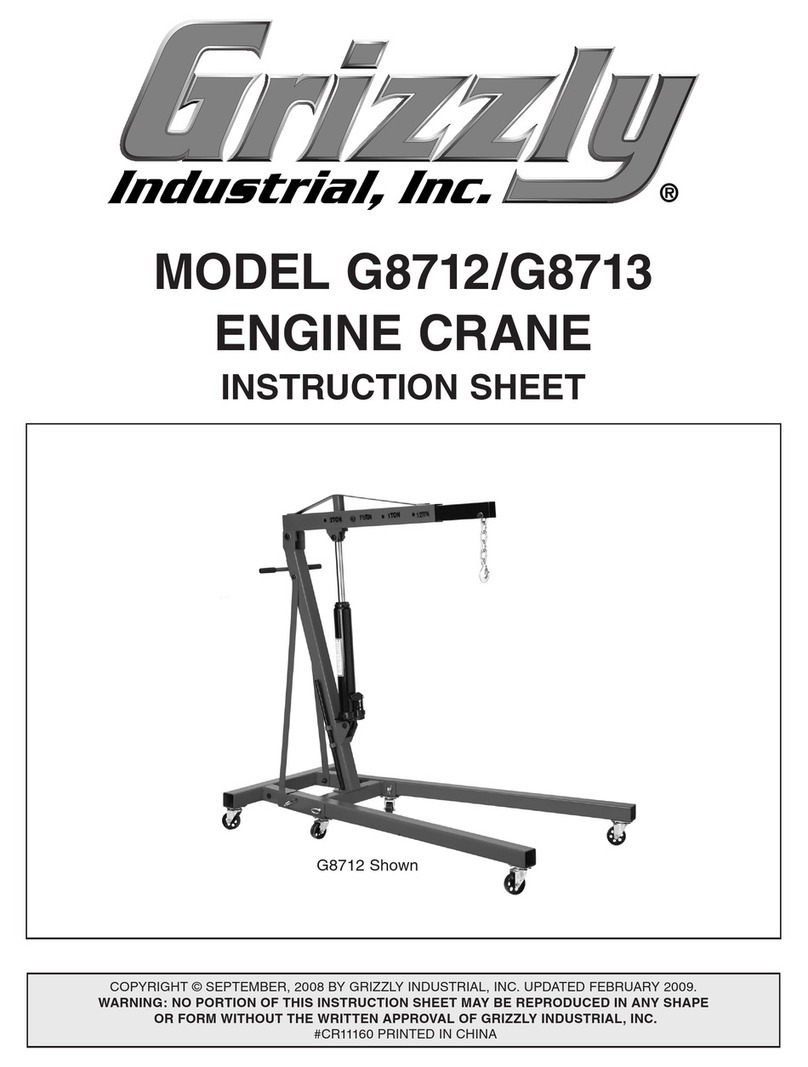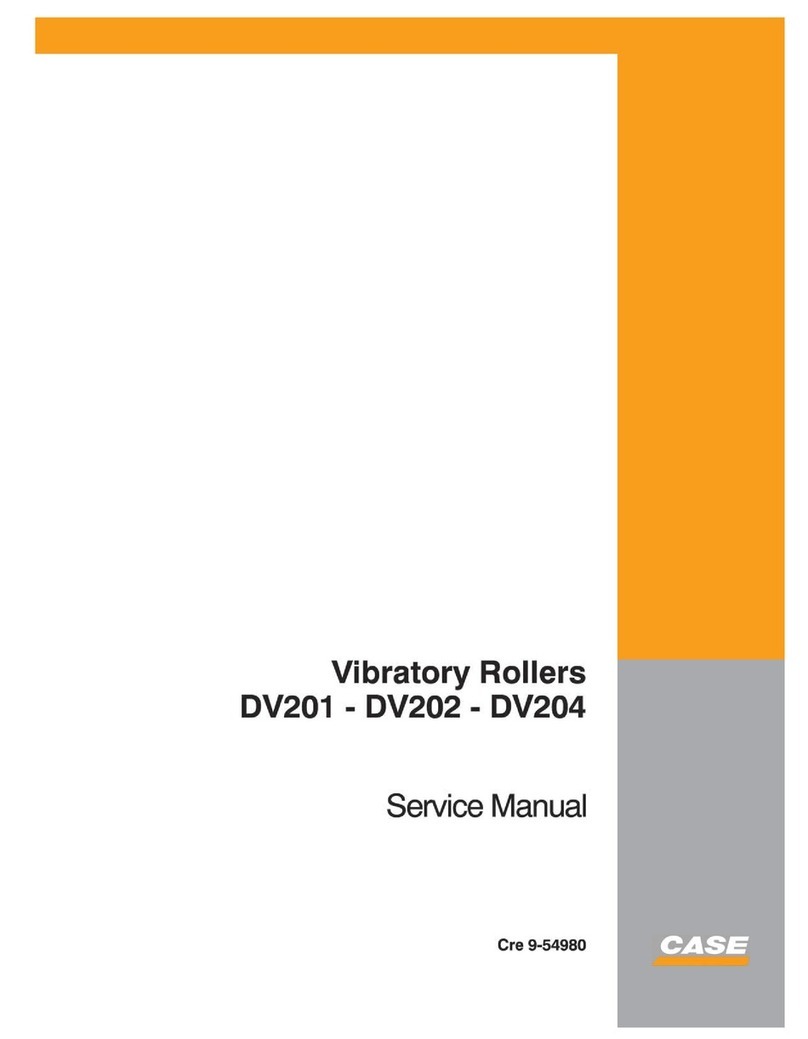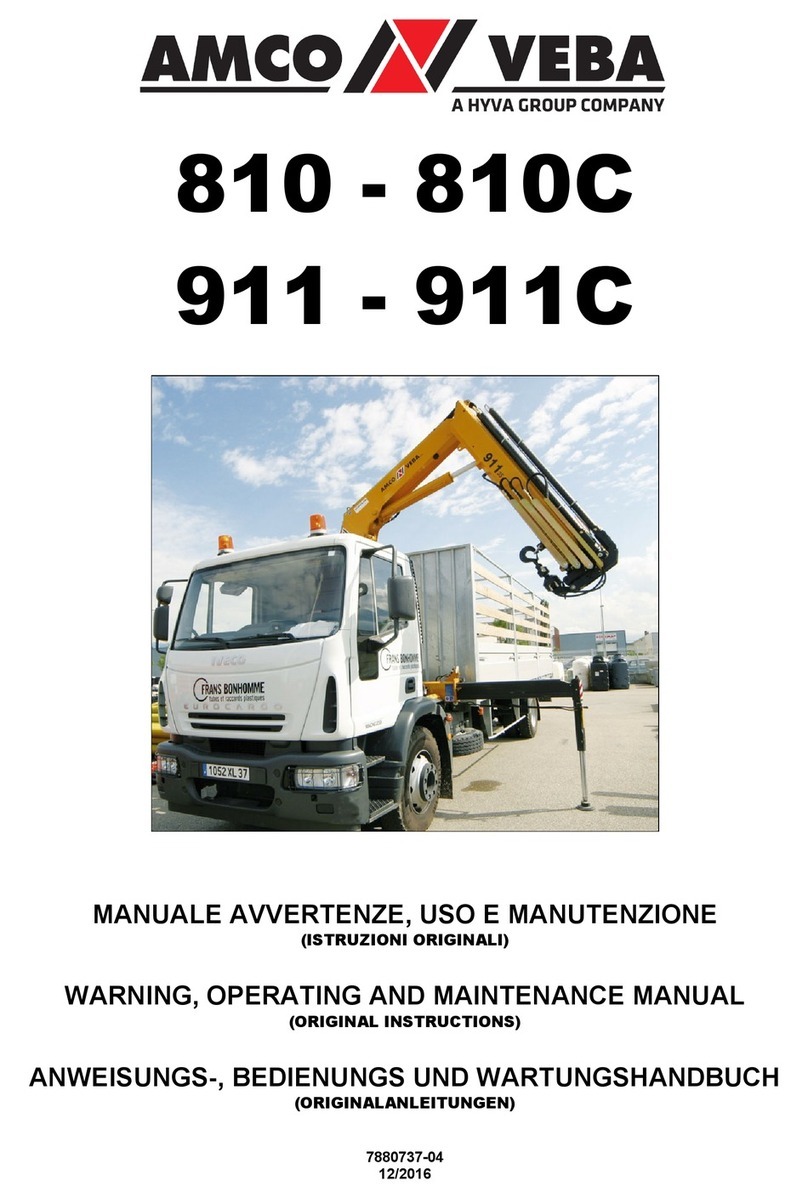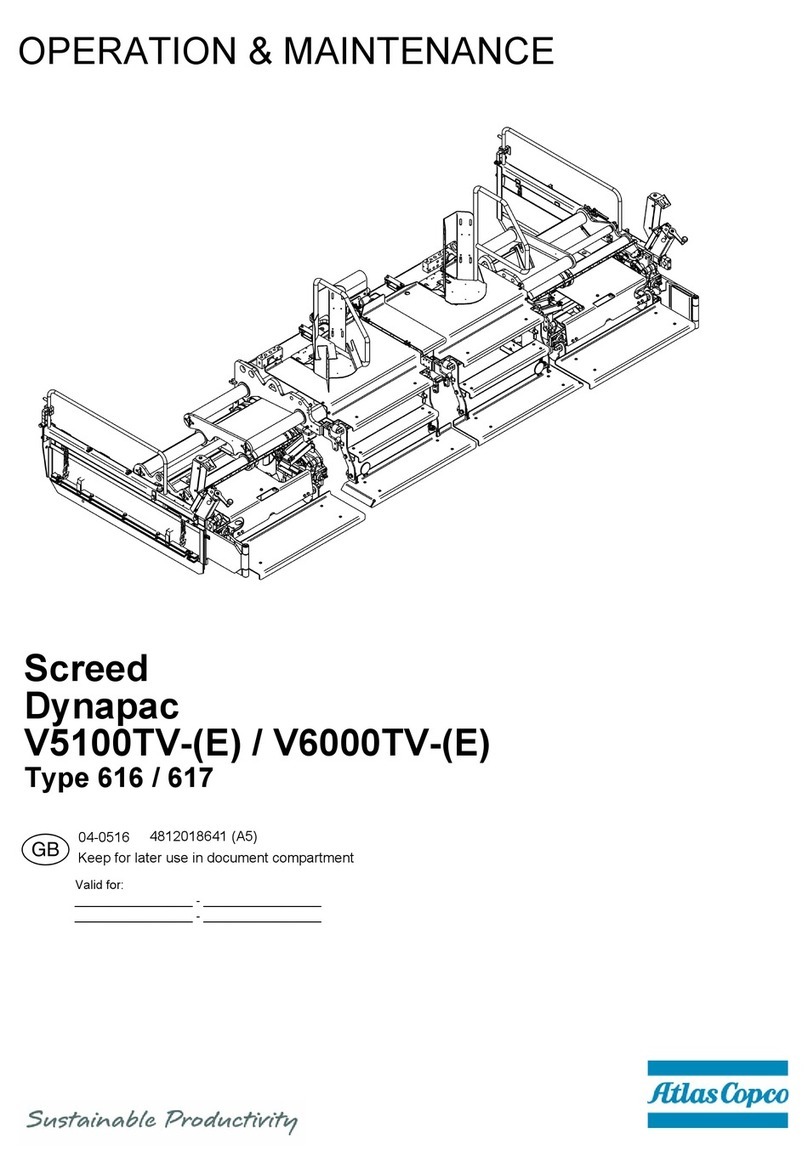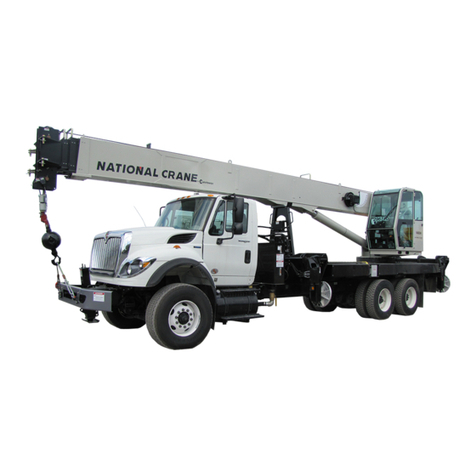
3
1. - General information 5
1.1 - Introduction
1.2 - General information
2. - Description of the machine 6
2.1 - Type of machine 6
Manufacturer’s rating plate
Position of the rating plate
Position of the machine serial number
2.2 - Description of the machine 7
2.3 - Machine size 8
2.4 - Technical data 8
3. - Machine transportation 9
3.1 - Transportation
4. - Using the machine 10
4.1 - Operating principle 10
4.2 - Pumpable materials 10
Applications 11
Choice of pump
Choice of spray gun
4.3 - Preliminary operations 12
Machine position
Electrical connection
Hoses 13
Hose anchorage
Couplings
Connections 14
4.4 - Starting 15
Preventive checks
Calibrating the pump 16
Starting 18
Preparing the batch 20
Conveying and spraying the mix
4.5 - Clean-up at end of work 22
4.6 - Replacing the pumping unit 24
5. - Machine maintenance 26
5.1 - Maintenance for which
the operator is responsible 26
Daily operations
5.2 - Maintenance to be carried out
by qualied personnel 27
6. - Troubleshooting 28
6.1 - No material comes out the spray gun 28
6.2 - Other problems 29
6.3 - Work by the operator 30
6.4 - Work by qualied personnel 30
7. - Responsibility of the operator 32
Table 1 - Machine casing 34
Table 2 - Motor – Drive unit 36
Table 3 - Pump 2L6 38
Table 4 - Pump T25 40
Table 5 - Pump 60.12 42
Table 6 - Oversize pan mixer 44
Table 7 - Switchboard 46
Table 8 - Remote control 48
Table 9 - Vibrating sieve 50
Table 10 - Complete compressor code 216.415 52
Table 10 A -Compressor 54
Table 11 - Accessory box code 201.112
for traditional mortars 56
Table 11 A - Accessory box code 201.112
Gun and hoses 58
Table 12 - Accessory box code 201.067
for ready-mix materials 60
Table 12 A - Accessory box code 201.067
Spray gun 62
Table 12 B - Accessory box code 201.067
Hoses 64
Table 13 - Accessory box code 201.071
for skim coats 66
Table 13 A - Accessory box code 201.071
Gun and hoses 68
Table 14 - Accessory box code 201.089
for self-levelling screeds 70
ACCESSORIES
Table 15 - Extensions 74
Table 16 - Guns 76
Table 17 - Nozzles 78
Table 18 - Injection device 80
Table 18 A - Pressure limiting device unit 82
Table 18 B - Gun - Hoses 84
Table 19 - Litre-counter 86
WIRING DIAGRAMS
Table 20 - Wiring diagram 90
CONTENTS
USE AND MAINTENANCE SPARE PARTS

